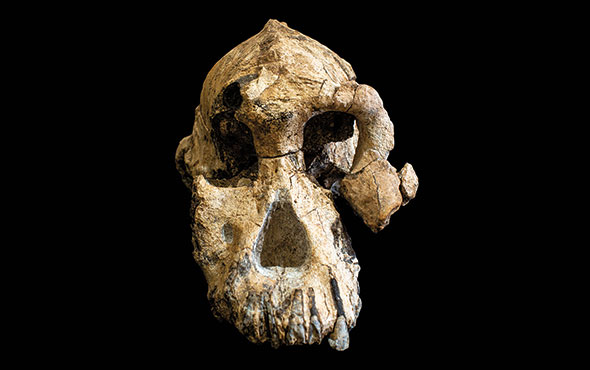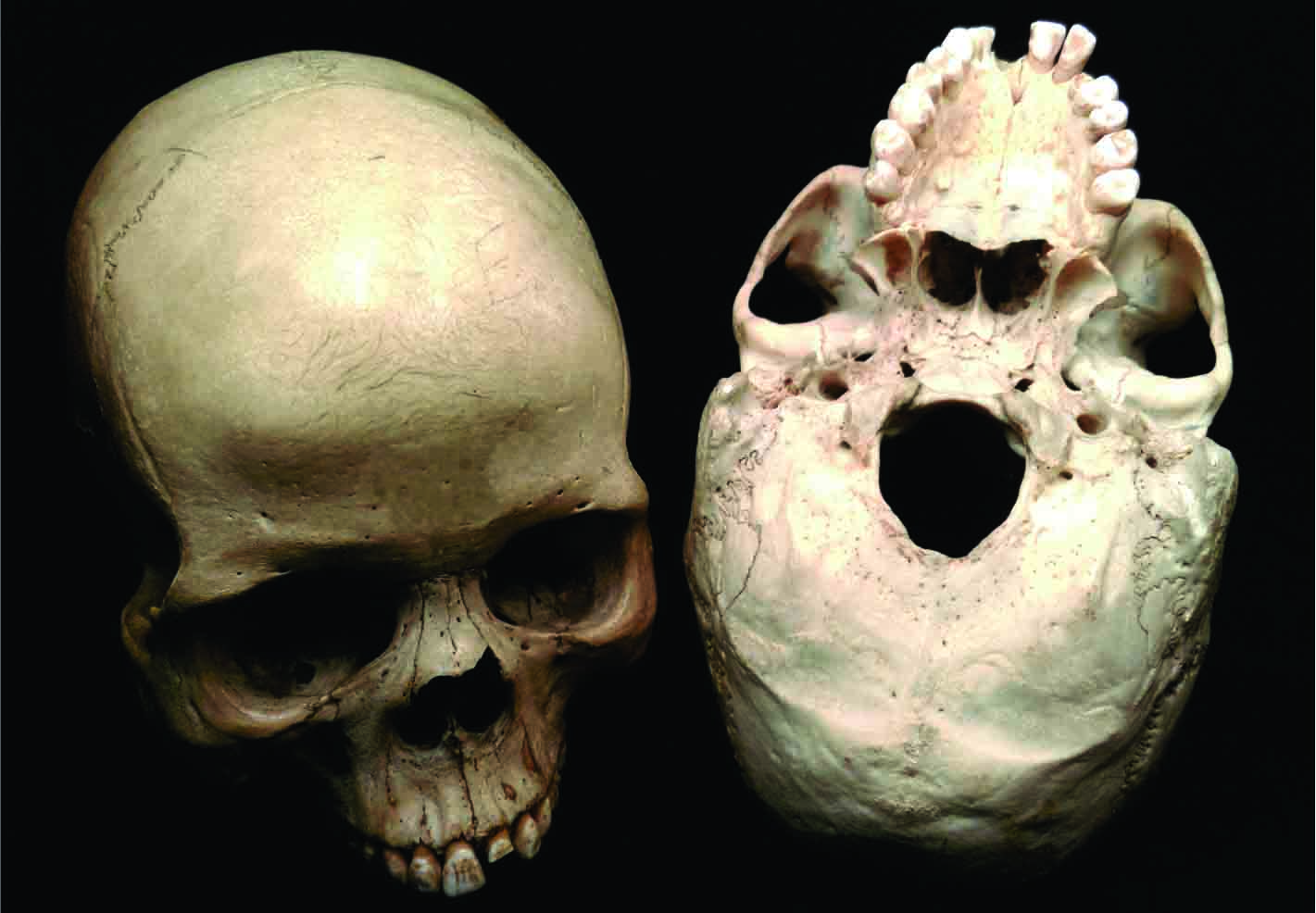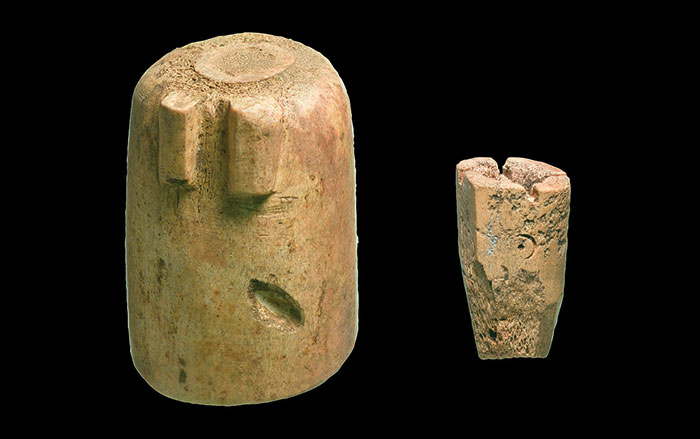
IOWA CITY, IOWA—Scientists have debated for more than a century why modern humans are the only primates to sport chins. Young modern human children have nearly imperceptible chins, similar to Neanderthals, but they grow chins as they mature. Nathan Holton and colleagues at the University of Iowa measured the faces and crania of nearly 40 people, ranging in age from toddler to adult, and found that mechanical forces such as chewing do not produce enough resistance for new bone to be created in the lower jaw. “In short, we do not find any evidence that chins are tied to mechanical function and in some cases we find that chins are worse at resisting mechanical forces as we grow,” Holton said. Team member Robert Franciscus, an anthropologist, suggests that as modern humans formed increasingly cooperative groups, and were less likely to fight over territory and belongings, reduced levels of hormones such as testosterone resulted in noticeable changes in the male craniofacial region—as the face became smaller, the chin became a bony prominence as a matter of geometry. “What we’re arguing is that modern humans had an advantage at some point to have a well-connected social network, they can exchange information, and mates, more readily, there’s innovation, and for that to happen, males have to tolerate each other. There had to be more curiosity and inquisitiveness than aggression, and the evidence of that lies in facial architecture,” Franciscus explained. For more on the evolution of the face, see "Your Face: Punching Bag or Spandrel?"










